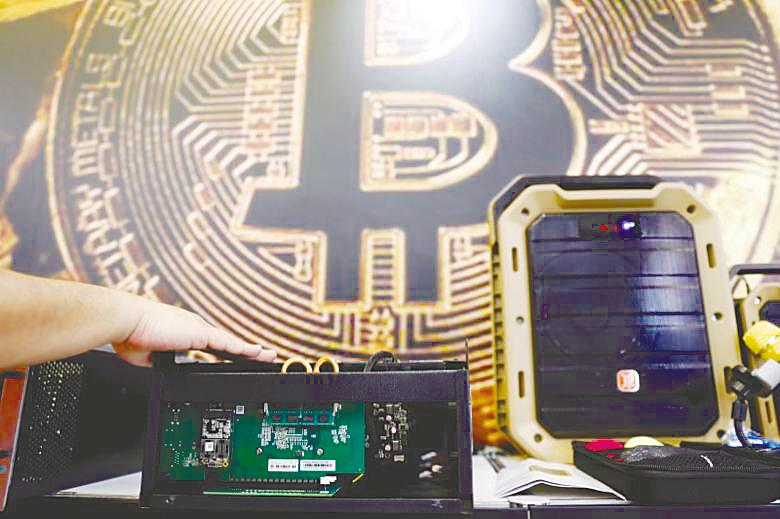PETALING JAYA: Bitcoin, the most heatedly debated subject in the financial market a year ago, has seen some renewed interest recently when its price topped the US$8,000 (RM33,360) mark on May 15.
This marks a year-to-date increase of over 100%, but how would bitcoin perform this time around and what is driving its rally?
As at 6pm today, bitcoin price was trading at around US$7,975 (RM33,261), compared with US$8,099 (RM33,779) on May 15, according to blockchain and cryptocurrency online portal Coindesk.
Recall that bitcoin hit its peak of over US$20,000 (RM83,820) in late 2017, but it was followed by a sharp plunge in early 2018 with its price reaching a low of US$3,339 (RM13,993).
According to Yusho Liu, CEO of Coinhako, a crypto exchange platform based in Singapore, the spike in demand for cryptocurrencies recently was not an overnight surge as people have been monitoring the price movement all along for the past six to 12 months and the volume on its platform has doubled over the weeks.
“With demand picking up and an overall better understanding of blockchain technology, greater adoption is likely to come for both the retail and institutional sectors.”
He pointed out that on the retail side, it looks like cryptocurrencies are becoming the alternative asset for millennials.
“Definitely there is upside potential for prices, everything else is probably just speculation at the moment.”
Meanwhile, Ipoh-based digital asset exchange Pinkexc founder and CEO Fakhrul-Razi Abu Bakar attributed the surge in cryptocurrency to a trio of factors.
“What we are seeing is a trend associated with bitcoin halving, which is due in May next year. From the previous halving, normally a rally would start a year prior.”
Bitcoin halving refers to the rate of creation for new bitcoin issued for adding transaction records to its public ledger of past transaction or blockchain. Currently, 12.5 bitcoins are issued per blockchain. With the halving, 6.25 bitcoins will be issued for every blockchain.
Besides that, Fakhrul noticed an influx of institutional players, including venture capitalists and private equity firms, investing in cryptocurrency startups as well as a big pool of miners.
“Part of the bull run in cryptocurrencies is fuelled by these institutional investor, motivated by the FOMO (fear of missing out) seen in the last bull run of 2017,” he said, adding that bitcoin might replicate its previous peak in 2017 considering the prolonged bull run in the past two months.
Luno general manager for Malaysia and Southeast Asia David Low concurred, saying that institutional interest in bitcoin has been growing as companies and people continue to get comfortable with the idea that cryptocurrencies are here to stay.
“Perhaps they are looking to diversify their portfolios by making the first investments into bitcoin.”
For Fakrul, the other reason behind the bitcoin rally could be due to less interference from the government of China, home to two-thirds of global cryptocurrency miners.
The Chinese government has been at odds with cryptocurrencies. In 2017, it banned all initial coin offerings and domestic cryptocurrency exchanges in the country. It is also mulling a ban on cryptocurrency mining, but with the ongoing trade dispute with the US, China has been relatively quiet on the cryptocurrency front.
“Inadvertently, this has encouraged investors and miners of bitcoin in China,” said Fakrul.













